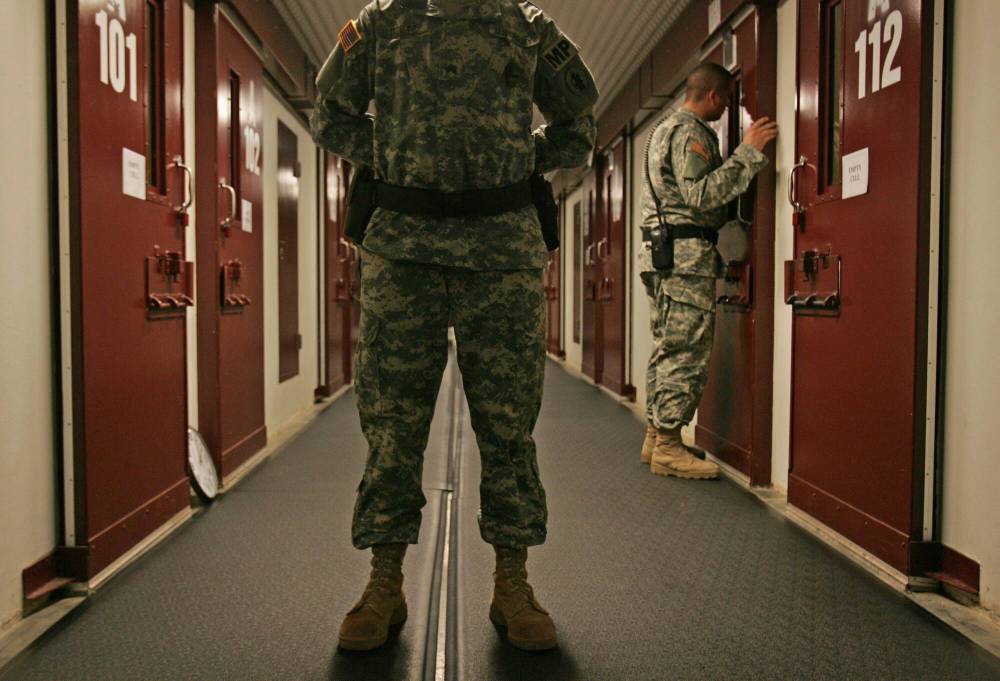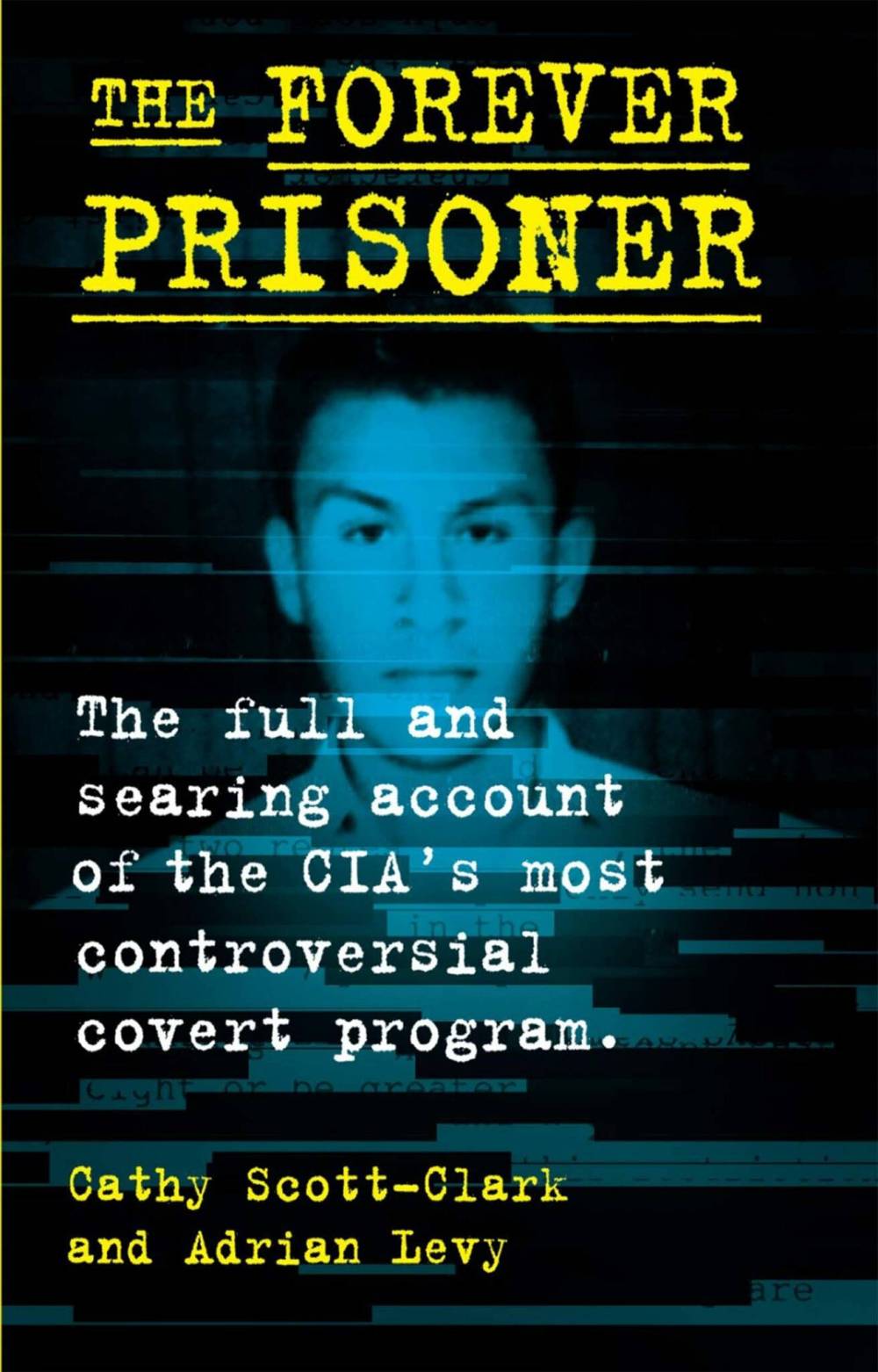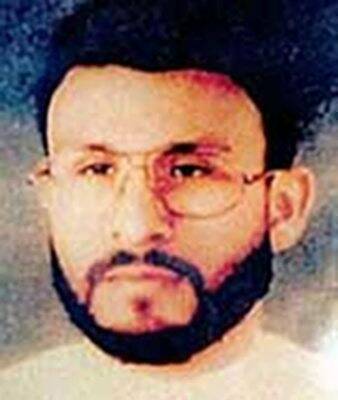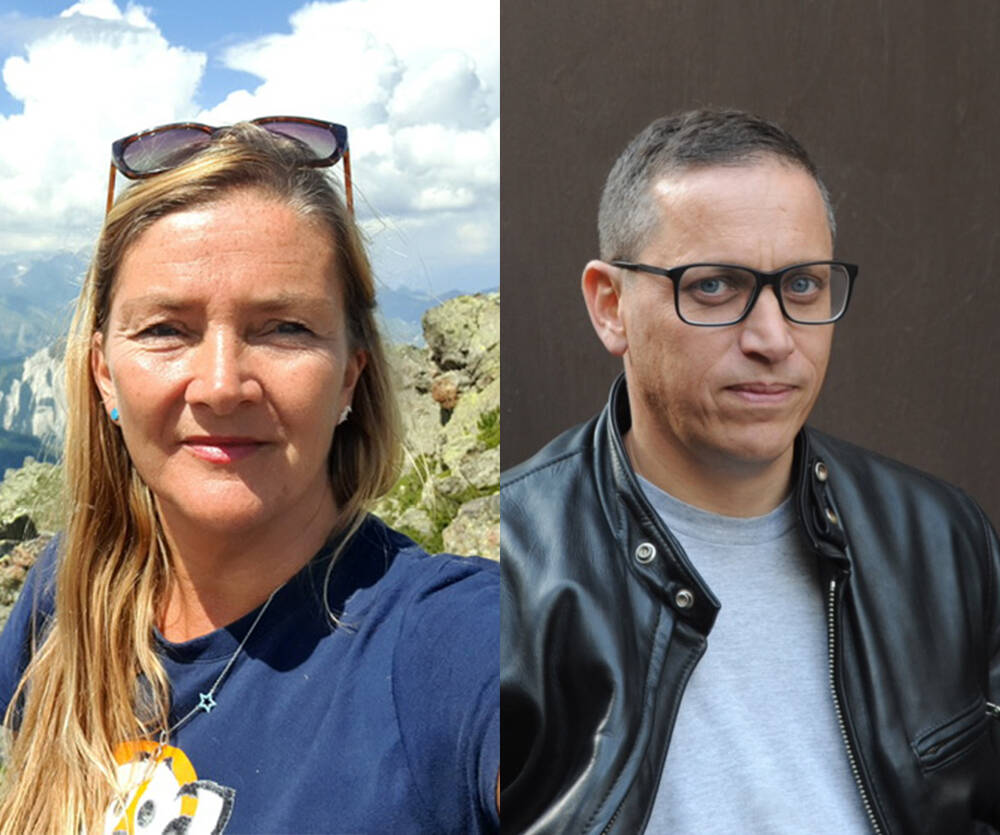Terror and torture
CIA’s brutal interrogation campaign used on ‘forever prisoner’ and others explored in thorough detail
Advertisement
Read this article for free:
or
Already have an account? Log in here »
To continue reading, please subscribe:
Monthly Digital Subscription
$0 for the first 4 weeks*
- Enjoy unlimited reading on winnipegfreepress.com
- Read the E-Edition, our digital replica newspaper
- Access News Break, our award-winning app
- Play interactive puzzles
*No charge for 4 weeks then price increases to the regular rate of $19.00 plus GST every four weeks. Offer available to new and qualified returning subscribers only. Cancel any time.
Monthly Digital Subscription
$4.75/week*
- Enjoy unlimited reading on winnipegfreepress.com
- Read the E-Edition, our digital replica newspaper
- Access News Break, our award-winning app
- Play interactive puzzles
*Billed as $19 plus GST every four weeks. Cancel any time.
To continue reading, please subscribe:
Add Free Press access to your Brandon Sun subscription for only an additional
$1 for the first 4 weeks*
*Your next subscription payment will increase by $1.00 and you will be charged $16.99 plus GST for four weeks. After four weeks, your payment will increase to $23.99 plus GST every four weeks.
Read unlimited articles for free today:
or
Already have an account? Log in here »
Hey there, time traveller!
This article was published 23/04/2022 (1330 days ago), so information in it may no longer be current.
For years, U.S. intelligence officers were taught the story of a U.S. airman captured and tortured during the Vietnam War. His captors wanted to know how U.S. aircraft carriers could stay at sea for so long.
When he told them the truth — that the ships had huge freezers full of food — they tortured him more. When he finally told them the ships held miniature farms in their bellies, with tiny sheep and cows, they were satisfied.
The story’s clear lesson — that torture is not only immoral but produces bad information — was lost in the shock and outrage that followed 9/11.

In the immediate aftermath, the CIA began paying millions of dollars to former U.S. military psychologist Jim Mitchell and an associate to create a system to torture prisoners, known by the euphemism “enhanced interrogation techniques.”
Revealing what Mitchell did to prisoner Abu Zubaydah in a court of law would subject the United States to such criticism that the U.S. authorities have decided, in the name of national security, never to put him on trial. He is the forever prisoner of the book’s title, as well as the 2021 HBO documentary of the same name, directed by Alex Gibney and based on this book (and available to watch in Canada on Crave).
Cathy Scott-Clark and Adrian Levy have won awards and acclaim for their newspaper articles and six previous books on international affairs, including The Exile: The Stunning Inside Story of Osama bin Laden and Al Qaeda in Flight.
The London-based authors weave their minute-by-minute narrative on the basis of their own exhaustive research. This outstanding work of investigative journalism is backed up with more than 1,000 footnotes, including interviews they conducted with every major player and documents they obtained, often through freedom of information requests.
They even interviewed the prisoner himself and, most importantly, had access to his personal diaries, all 13 volumes of them.
In his diaries, Abu Zubaydah confesses his innermost thoughts and darkest deeds. The diaries he had already written were seized by the CIA when he was arrested. He was allowed, on and off, to continue his writings in captivity.
The authors re-create what happened and what each of them was thinking during every key encounter between Mitchell and Abu Zubaydah.

In 2001, Mitchell had already retired from being a psychologist at a secret military base where recruits were trained to withstand torture from the enemy.
As the Twin Towers came down on 9/11, Mitchell called the CIA, offering to turn the torture-resistance techniques into real-life torture of suspected terrorists.
Mitchell filled his briefs to the CIA with pseudo-science and deliberate misrepresentation and omission of the many sources that contradicted him.
When the CIA and Pakistani police arrested Abu Zubaydah in March 2002, the U.S. mistakenly believed he was the number three leader of al-Qaida.
They got the wrong guy. Abu Zubaydah was no angel. He ran a way station for recruits on their way to jihadist training camps.
But in the complicated world of Arab politics, he and Osama bin Laden had clashed. Abu Zubaydah opposed bin Laden’s central aims of attacking America and killing civilians.
However, in an effort to launch his own jihadist group, Abu Zubaydah allied with al-Qaida and gave bin Laden $50,000, not knowing it would be used to help finance 9/11.

The details of the torture are horrendous. It starts with “waterboarding,” pouring water into the prisoner’s mouth and nose while he’s on his back.
In U.S. military training, there were strict rules governing the torture-resistance training, including how much water could be used and for what length of time. Mitchell broke all those rules and the Geneva conventions.
Waterboarding and Mitchell’s array of other sadistic techniques to create “learned helplessness” in Abu Zubaydah were used as a template for interrogators with almost no training or experience to torture hundreds of detainees in CIA prisons around the world, including the notorious Abu Ghraib prison in Iraq.
The pain and suffering inflicted on these human beings was justified, the CIA kept telling itself, because of the American lives that would be saved by thwarting further terrorist plots.
Their efforts produced a flood of false stories designed to stop the torture. Just like the miniature farm story, prisoners concocted plots that never existed to blow up the Brooklyn Bridge or the Sydney Opera House.
Even though several investigations, including a U.S. Senate committee, concluded the program constituted torture and produced no valuable intelligence, no one has gone to jail, because the Bush administration created a legal framework to protect them from prosecution.
Former president George W. Bush says he knew he was authorizing torture — and that he would do it again.

The legal framework, the authors say, “prevented anyone from reaching a proper determination about who actually acted more immorally — Abu Zubaydah or Mitchell” and his associate.
Mitchell lives in his dream home in Florida with many CIA cronies as neighbours. Abu Zubaydah will live in a cage in Guantanamo Bay until he dies.
Donald Benham is a freelance writer.

